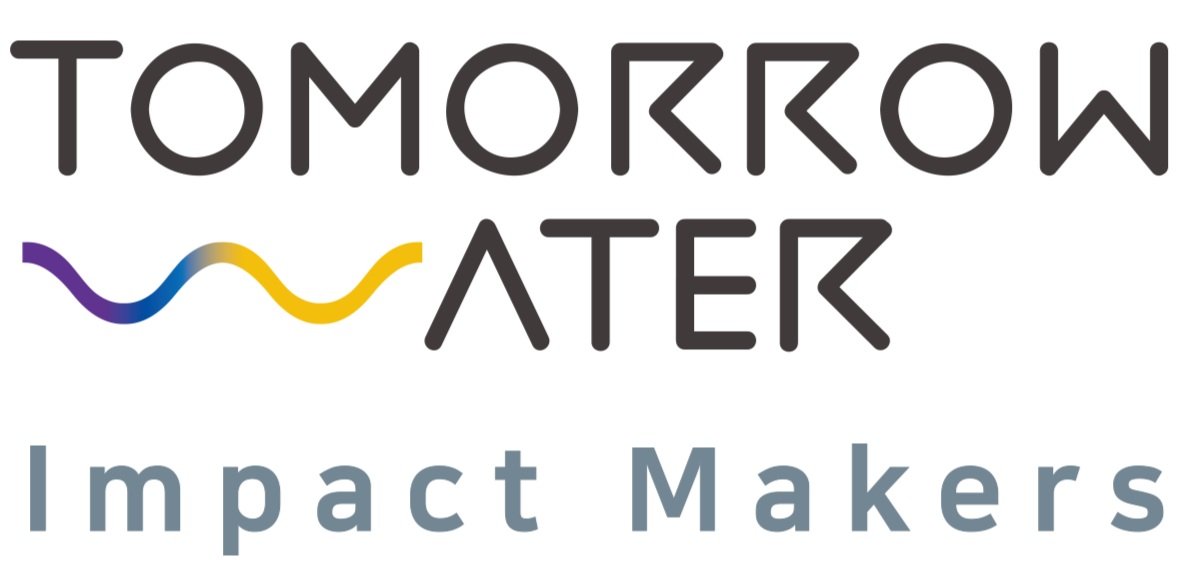-

Draco Thermal Hydrolysis for Sludge Volume Reduction
Tomorrow Water's Draco Thermal Hydrolysis Process (THP) is a powerful process that leverages mixers and multiple steam injectors recycled between reactors for efficient thermal hydrolysis.
In addition to using thermal hydrolysis as a pretreatment for biogas production, Draco THP is uniquely capable of reducing sludge volume and associated removal costs.

Draco Thermal Hydrolysis for Sludge Minimization
Introducing the Draco Thermal Hydrolysis process by Tomorrow Water.
Draco helps wastewater treatment plants run more efficiently by reducing sludge volumes, operating costs and disposal headaches.
The Draco process is more effective at breaking down organic matter than competing systems and can acheive an 85% or more reduction in sludge volume.
The complete Draco process consists of three stages: Preheating, thermal hydrolysis, and dewatering.
To begin the process, standard sludge cake is loaded directly into the feed hopper where it is stored prior to pre-heating. This sludge cake is generally around 80% water content.
Following this, the sludge cake is then fed from the hopper into a pre-heating tanks.
Heat recovered from the downstream thermal hydrolysis stage is recycled back to this pre-heating tank. As a result, , maximum energy efficiency is achieved since less energy is required during thermal hydrolysis.
Following the pre-heating stage, the sludge is moved to the thermal hydrolysis reactors for further processing. These reactors use carefully designed combinations of temperature and pressure to break down organic matter to make sludges easier to digest and dewater.
In sewage applications, primary sludge is much easier to dewater than waste activated sludge. This is because waste activated sludge is primarily composed of microorganisms from the biological treatment process. Moisture inside these cells is very hard to release and conventional sludge handling equipment has difficulty reducing water content below 80%.
Using high heat and pressure, the Draco process destroys the cell walls which keep moisture locked into the sludge, releasing free water which can easily be removed through conventional dewatering processes.
At the same time, the complete destruction of microorganisms ensures that any potential pathogens are eliminated, achieving class A status.
Draco uses unique internal mixers that can handle thicker sludge inputs and achieve higher temperatures & pressures than competing systems. In addition, Draco's heat input technology is the first of its kind, introducing patented multi-point spargers for steam injection.
A CFD analysis demonstrates the rapid heat transfer and uniform heat distribution, even when fed with thick biological sludges.
This heat is recovered at the conclusion of the Thermal Hydrolysis process, maximizing energy efficiency and significantly reducing overall operating costs.
Processing sludge cake using Draco thermal hydrolysis produces a highly-degraded liquid sludge. This liquid sludge is significantly easier to dewater in downstream filter presses.
Following pressing, sludge volume has been reduced by more than 70% compared to conventional processes, dramatically reducing sludge trucking and disposal costs. To achieve even greater volume reductions, a sludge drier can be used.
During sludge drying, a “Sticky Phase”, occurs between 55% and 65% water content. The sticky phase is where sludge becomes much more difficult to dewater. Conventional solids handling processes force sludge driers to pass through the sticky phase.
Draco bypasses the sticky phase altogether, since sludge enters the drier with less water. As a result, drier size is minimized, energy consumption drops by 75%, and operation is significantly simplified.
Developed over 20 years of research and hands-on experience, Draco delivers the most effective and reliable sludge reduction process in the world. With energy recovery, dewatering and drying technologies, Draco can make sludge disposal challenges evaporate.
Take control of your solids and slay your sludge with Draco Thermal Hydrolysis by Tomorrow Water.

